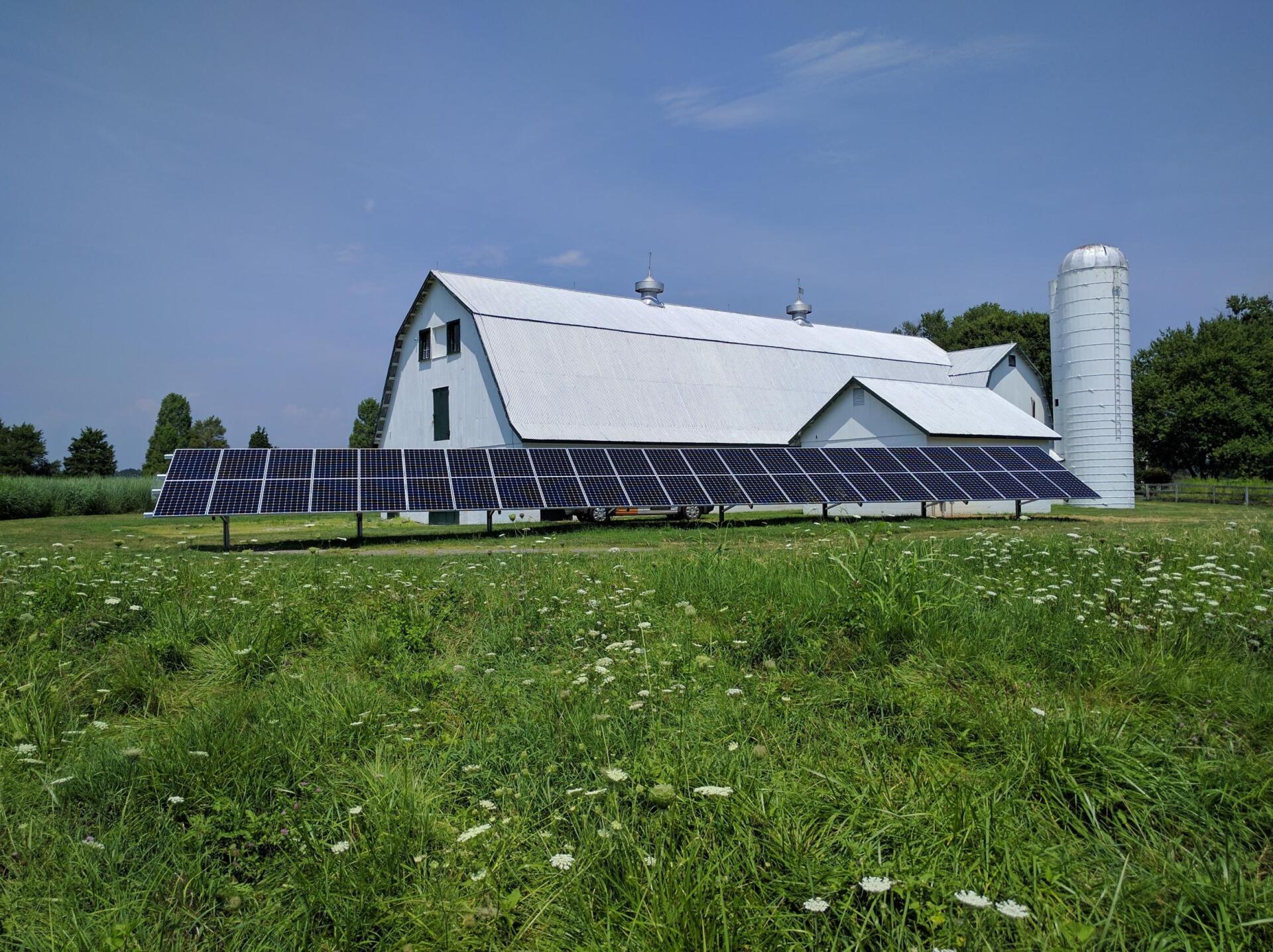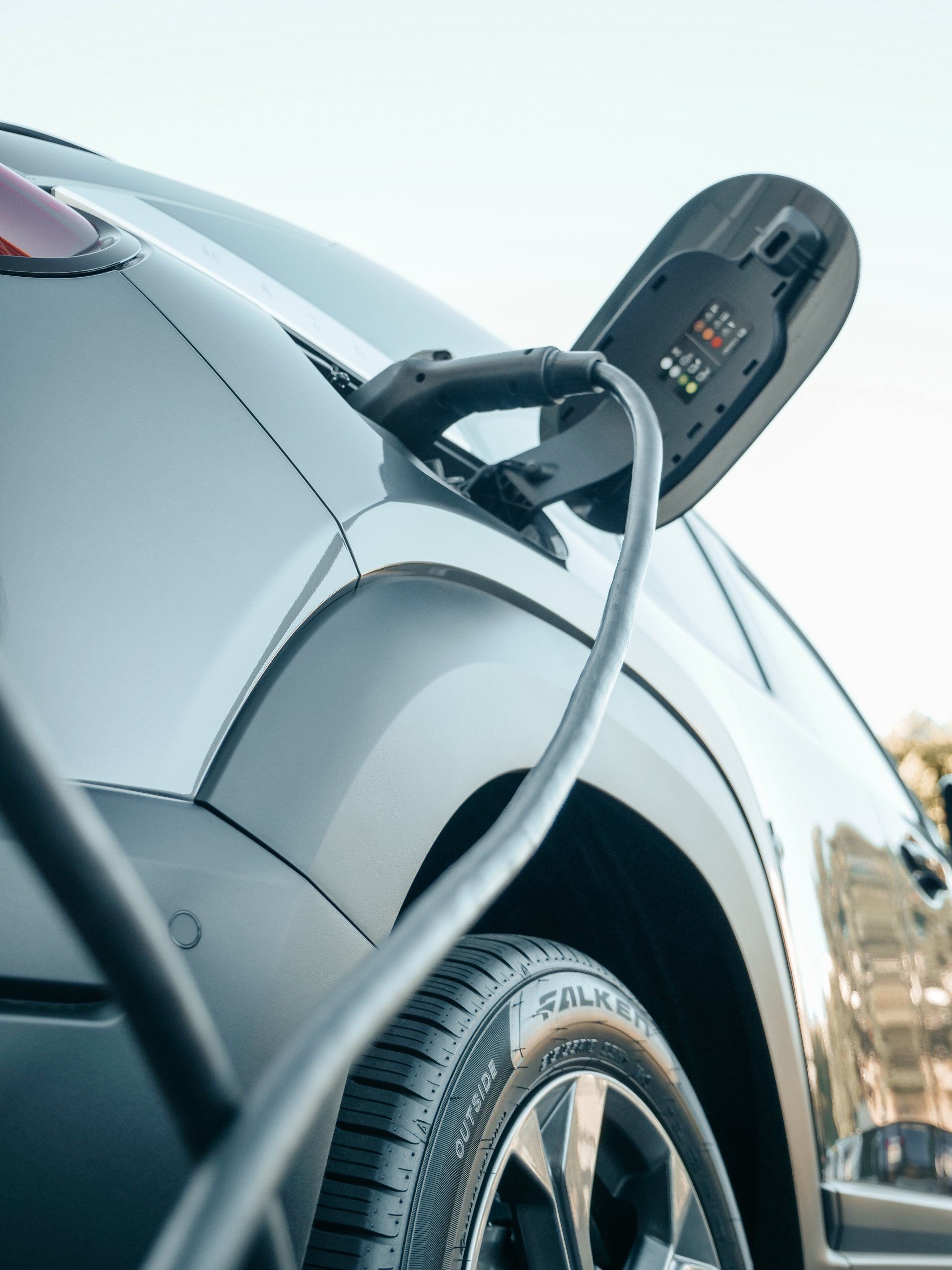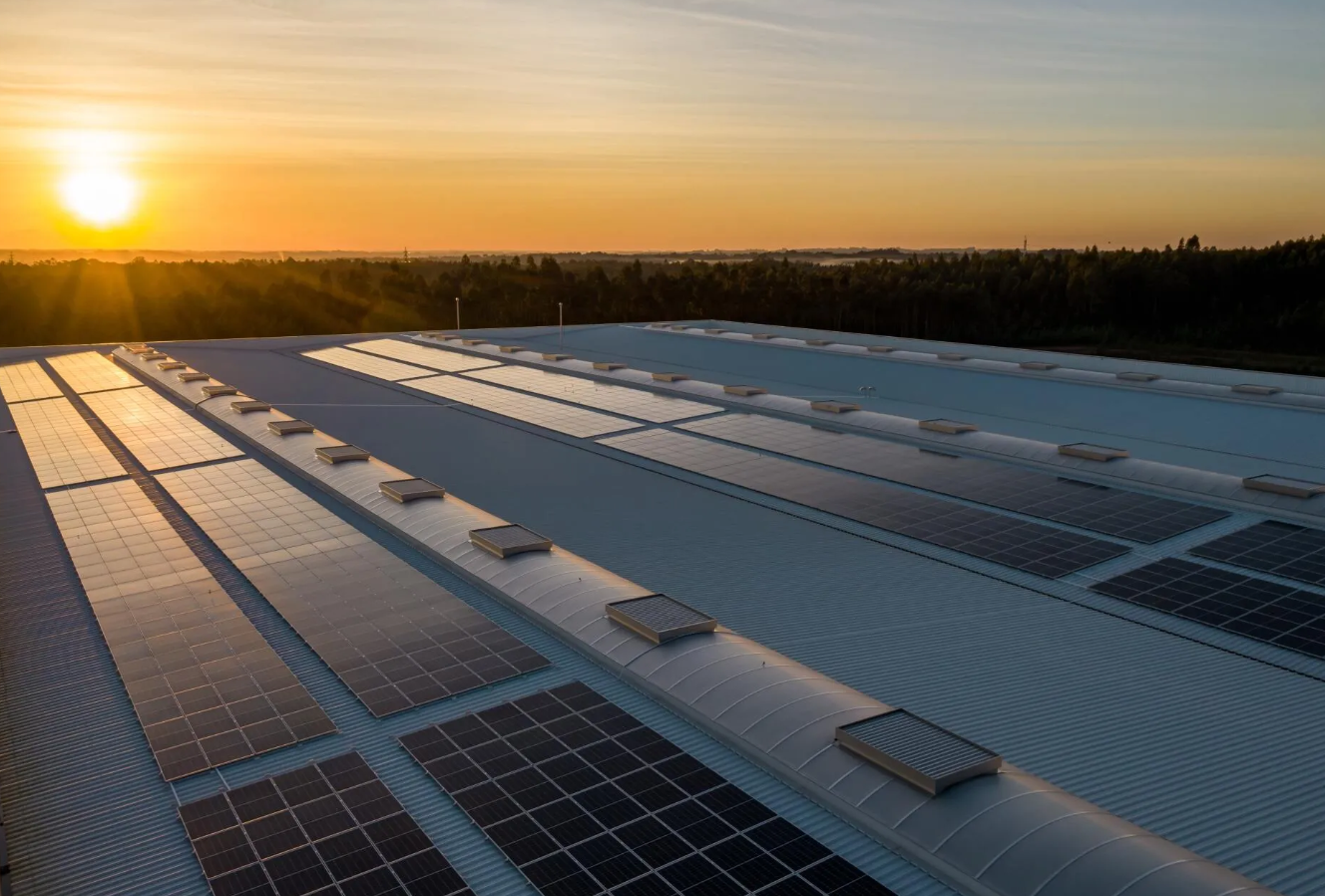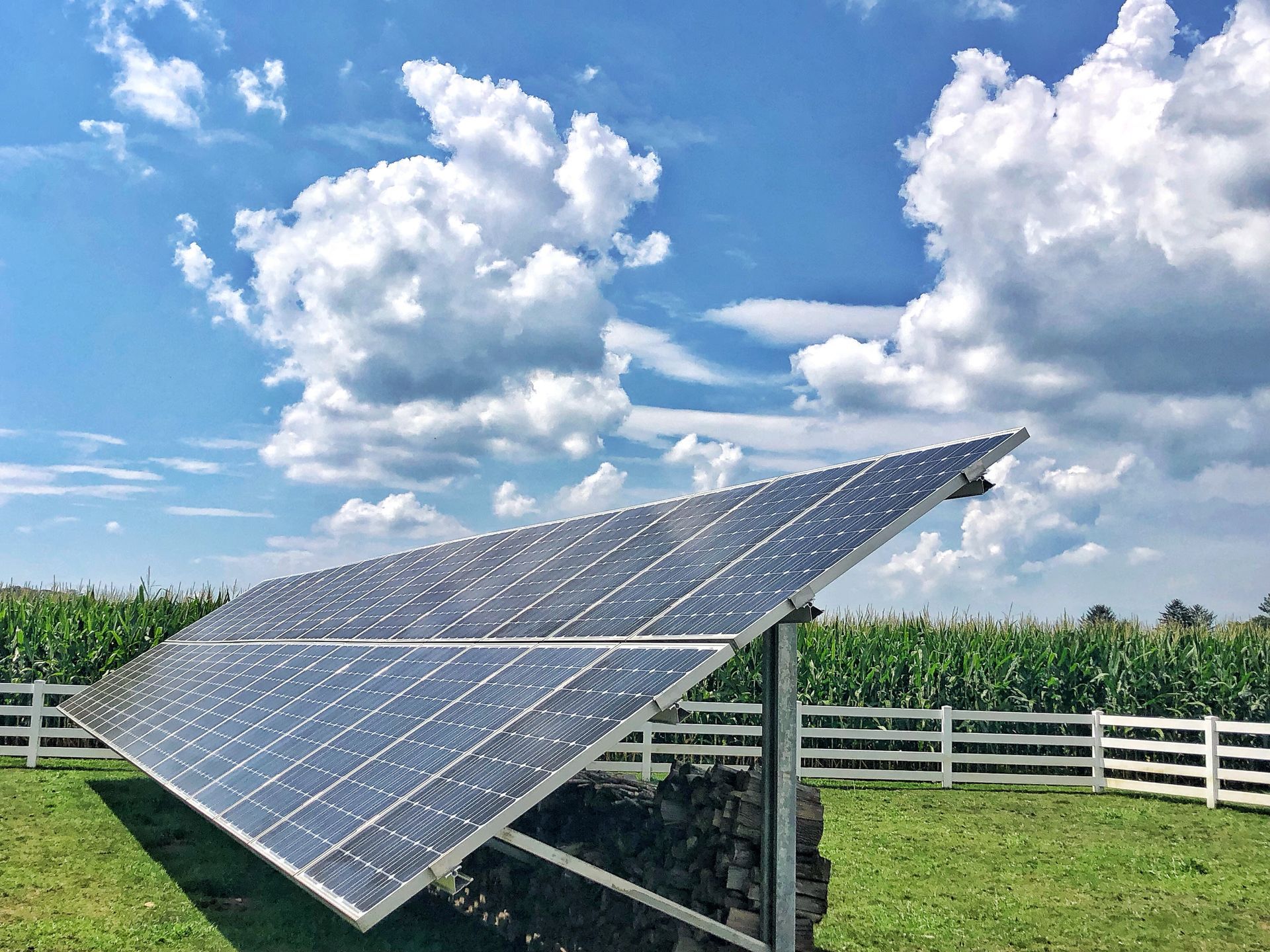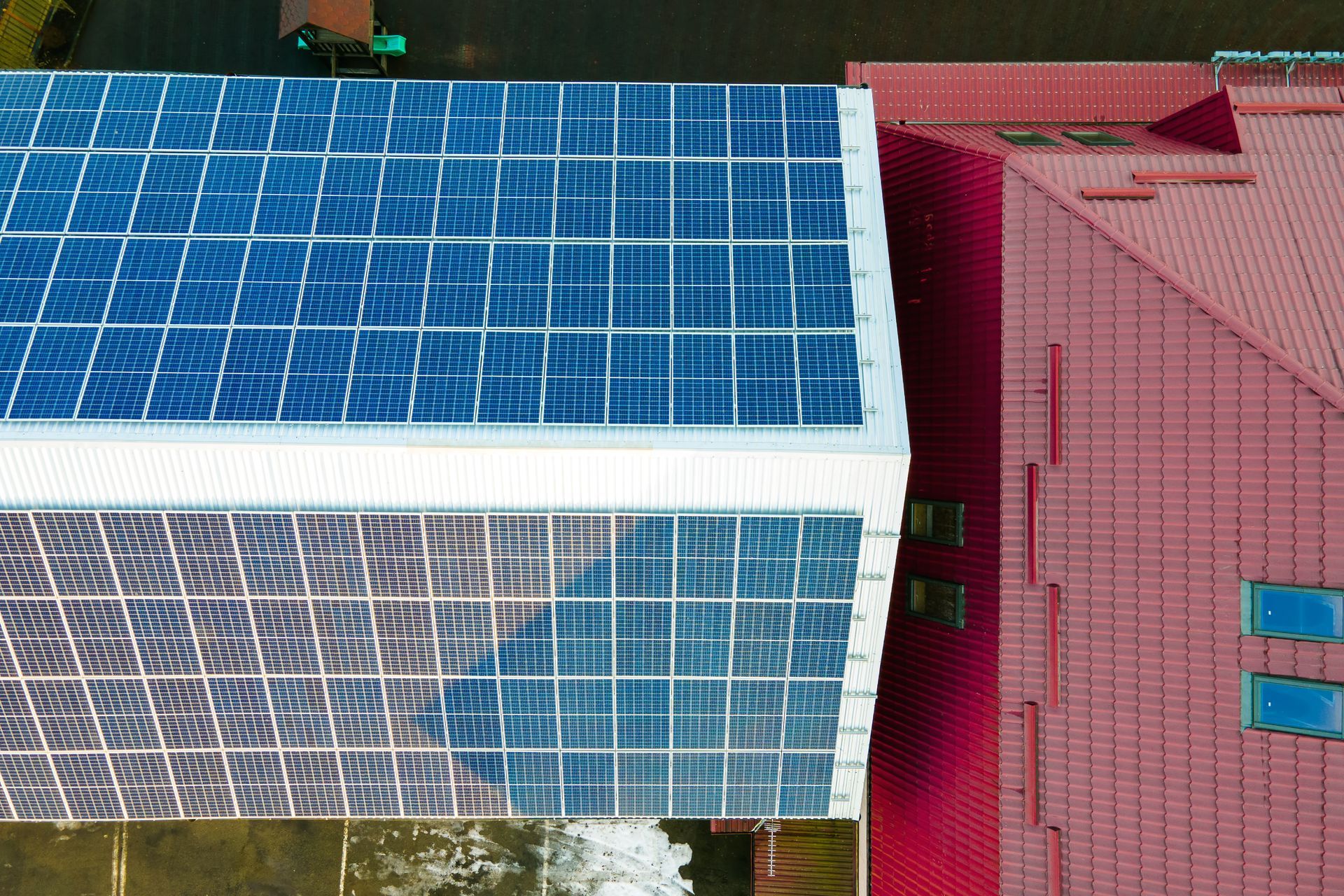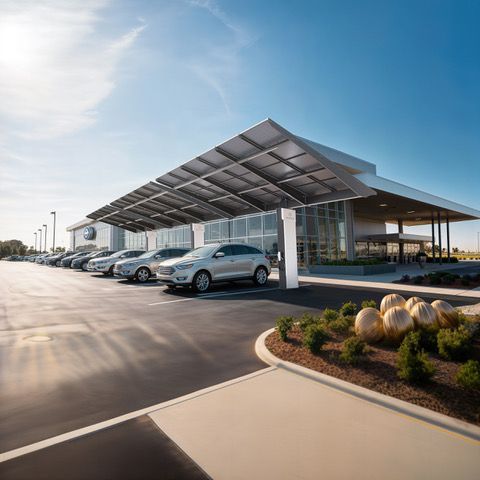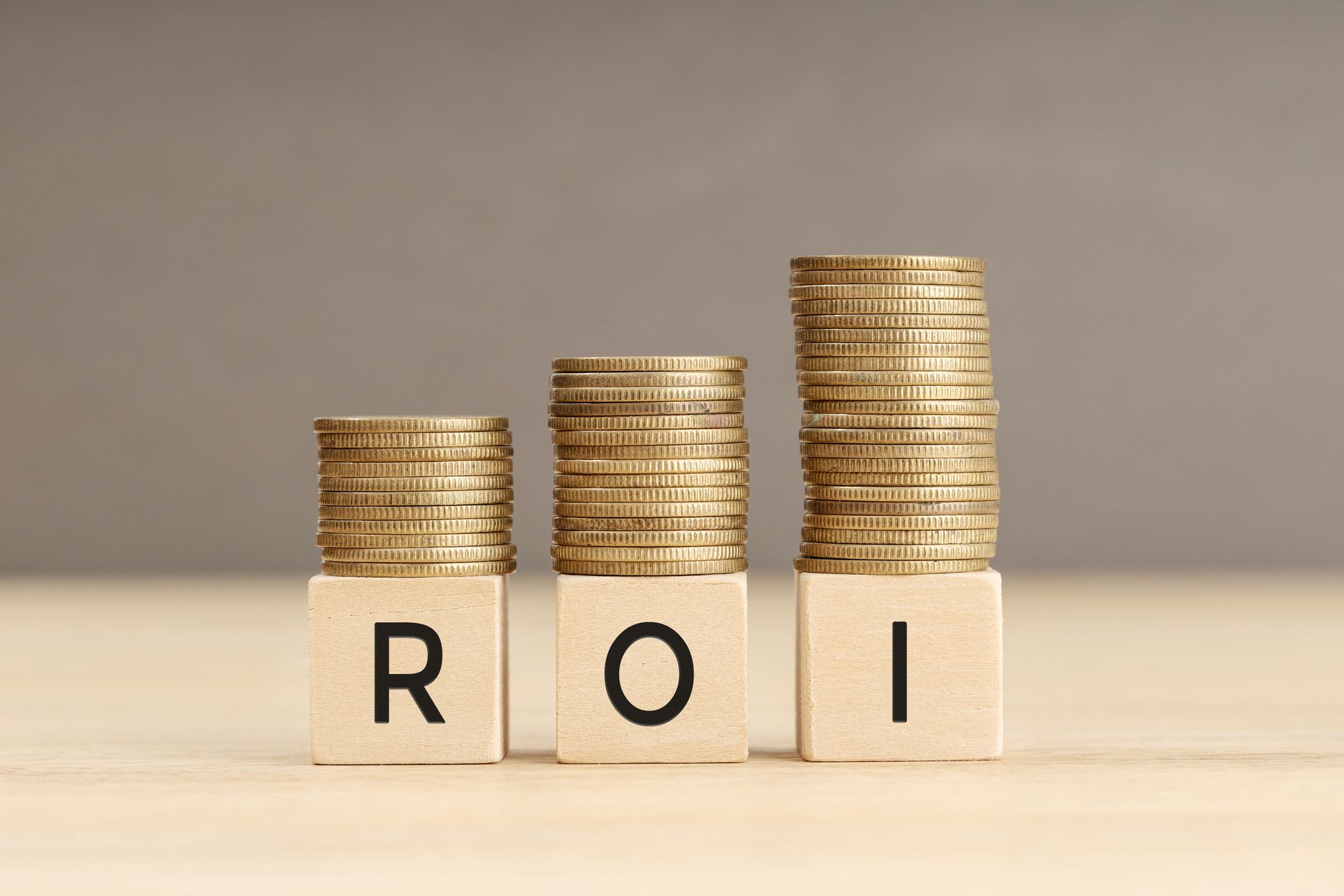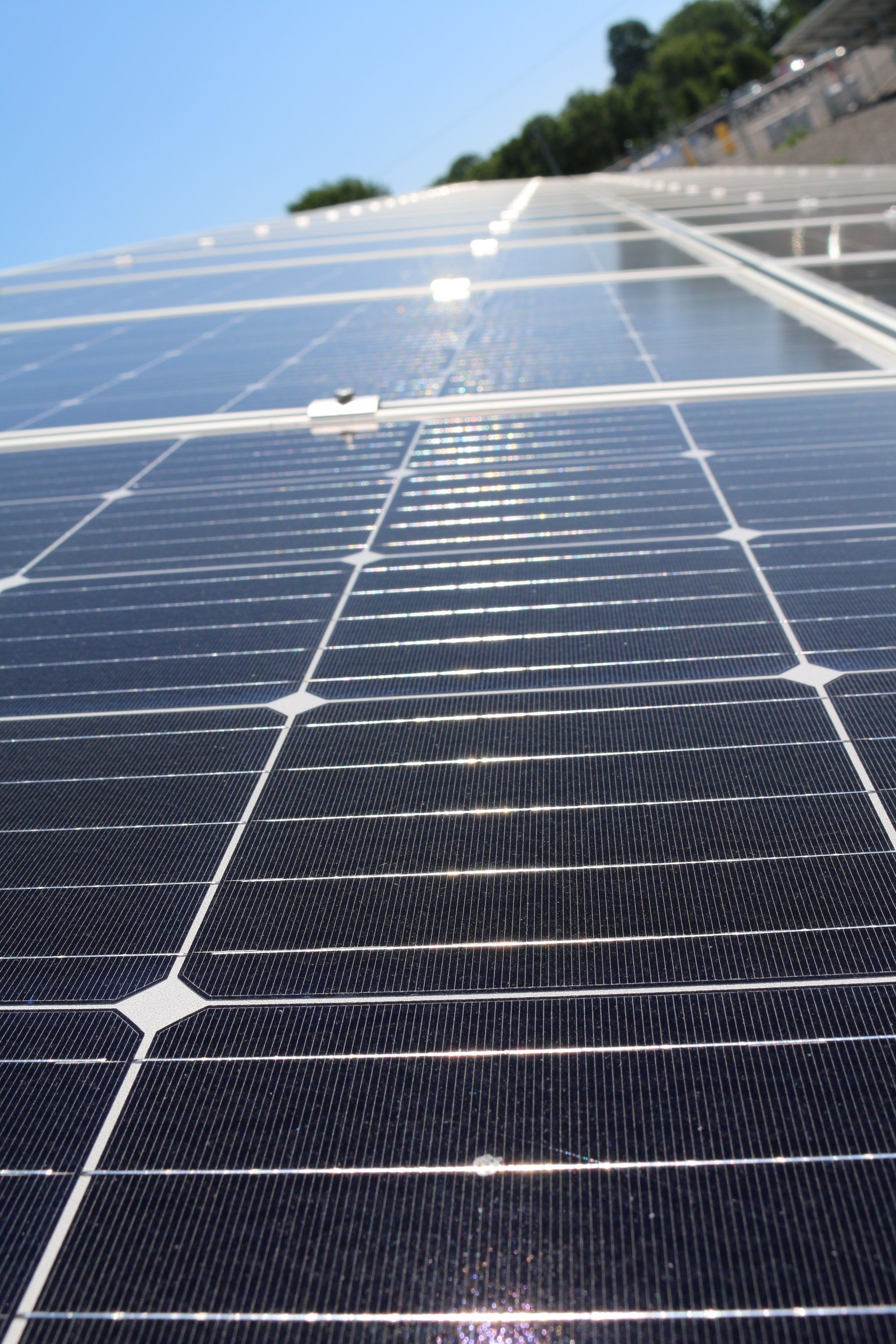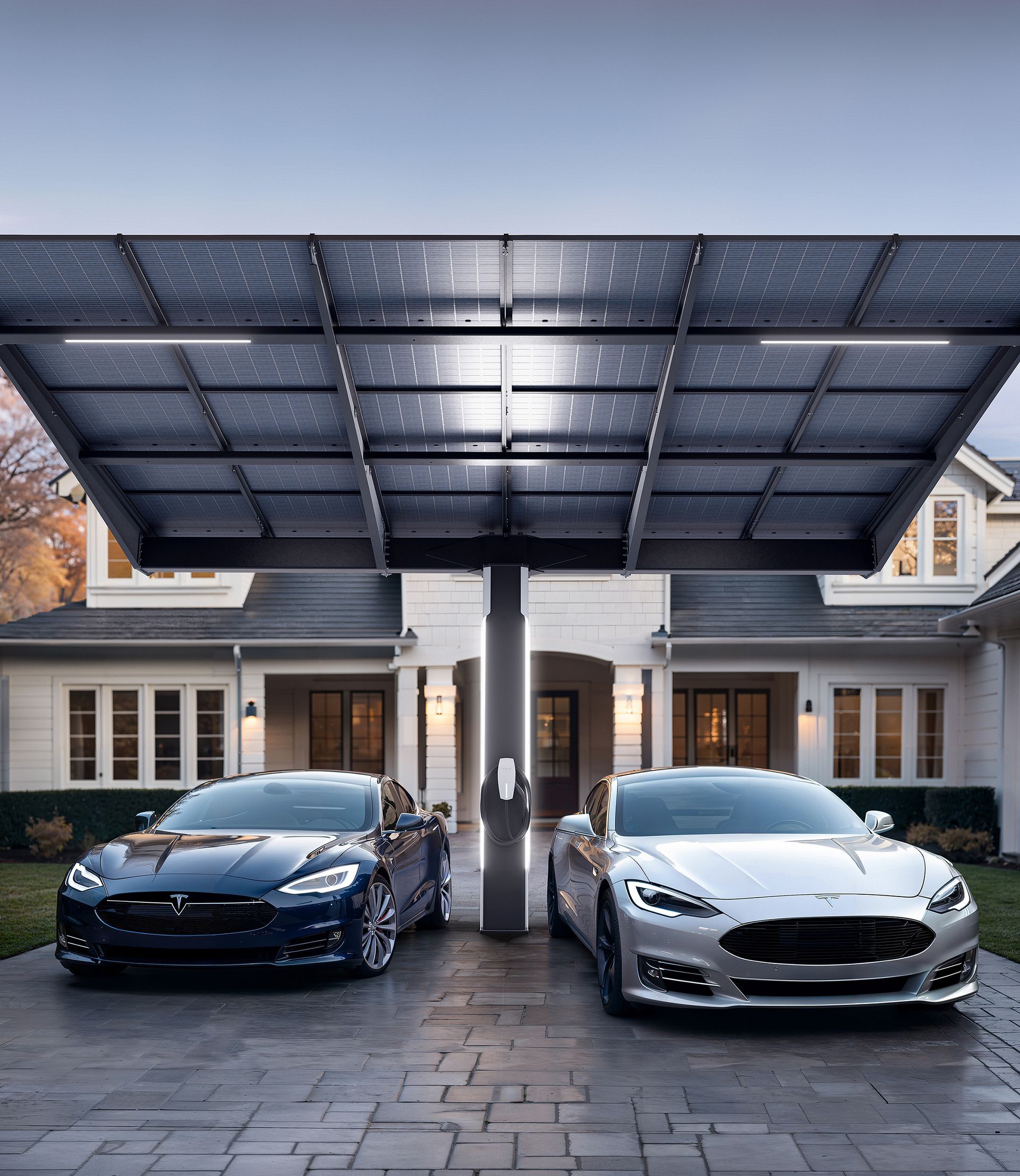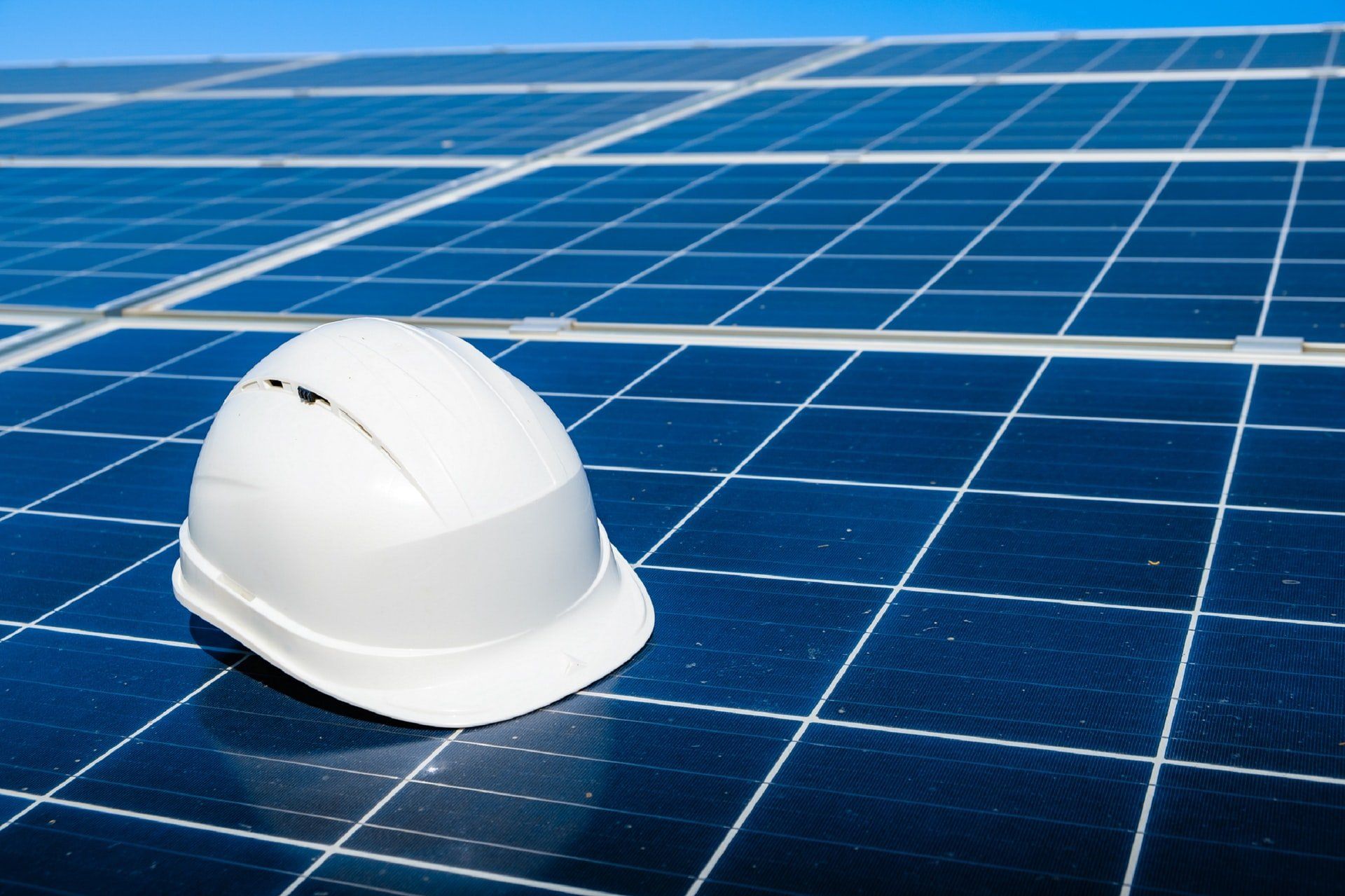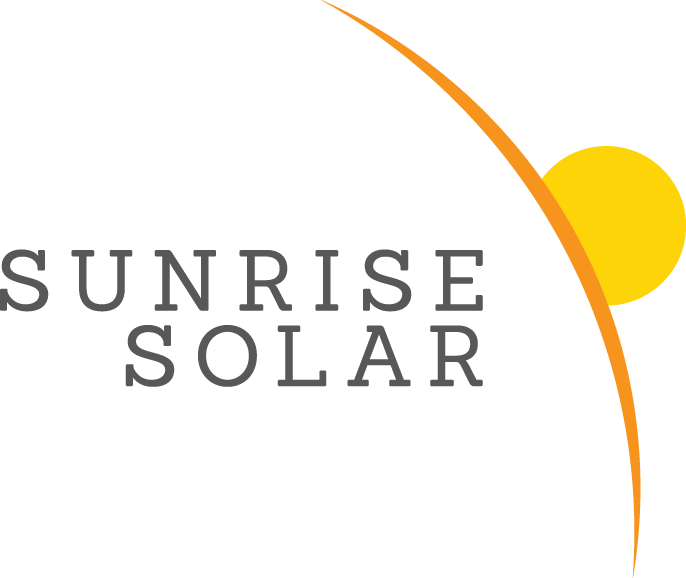Solar return on investment
Part 4
The dramatic plunge in the price of solar panels since 2009 is attributed to a global solar manufacturing oversupply. In turn, this has contributed to a drop in the price for solar equipment of 50%, making it less expensive in today's post-rebate world. Factor in the federal tax credit that reduced the installation price 30%, and solar has become very affordable. In many cases, it is actually priced better than a utility on average price per watt.
As prices continue to drop, the ROI for builders and homeowners is rising. With this reduction in price, there is also an increase in customers who expect solar and new home communities to offer it as standard, allowing builders to tie affordability and savings back to consumers. And because of phenomenal pricing and shorter paybacks, both builders and homeowners can gather all the benefits and long-term value found with installing solar without having to resort to third parties or leases.
"Residents of the top states in the [Geostellar Solar Index] can see their investment would be completely paid back in four to six years, and then receive free energy worth another five times that amount," says Mark Wirt, a senior analyst with Geostellar, publisher of the quarterly index that analyzes the profitability of investing in rooftop solar in the U.S.
Most people know that electricity rates aren't getting any cheaper, making this an important point to communicate with home buyers about owning versus leasing. Because of this, the ROI for a solar electric system will continue growing as the electric companies continually raise rates.
To help homeowners decide on whether or not to invest in a solar electric system, a comparison of the cost per kilowatt-hour for solar versus the price per kilowatt-hour being paid to the electric company (this is an average in tiered rate structures) can be quite effective. On the plus side of this is that calculating costs and savings with solar can be done on a per kilowatt-hour unit basis using simple division. From there, demonstrating lifetime savings and payback time frames for each customer becomes very easy.
Though solar design professionals do have to take into consideration several factors to determine actual production and savings potential, it is important to remember that the historic electricity rate has been increasing. According toskyhighenergy.com, electricity increases on an average of 4% to 7% a year across the U.S. This means that a bill that is currently $200 a month could be as high as $300 within 10 years. By going solar, homeowners are locking in their rates and can see the offset savings continue to grow as the utility rate increases over time.
Article by: http://www.solarindustrymag.com/
